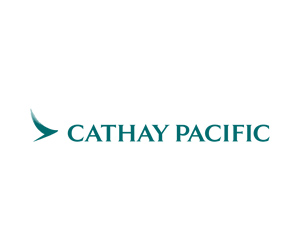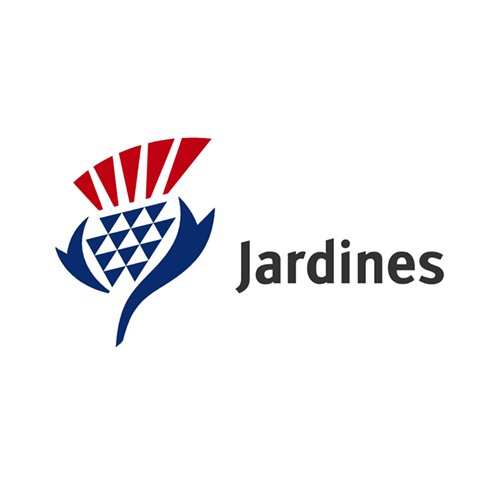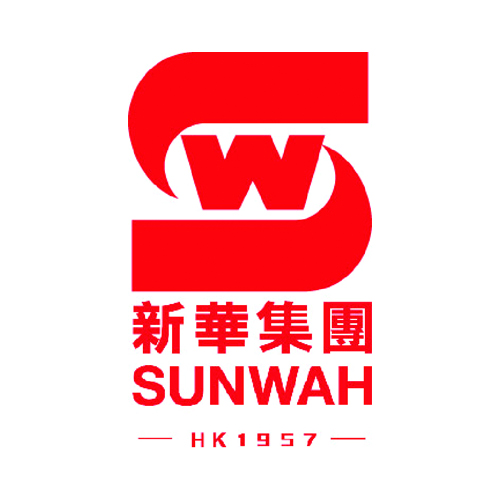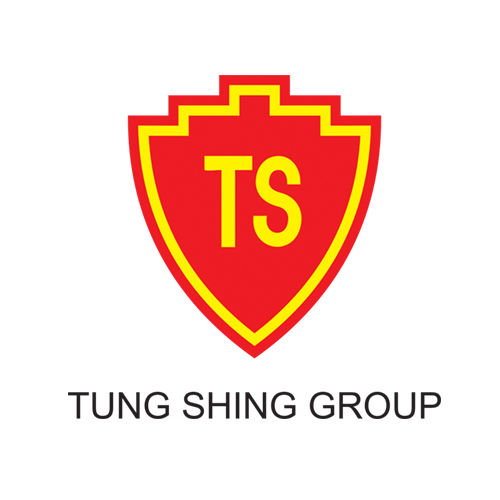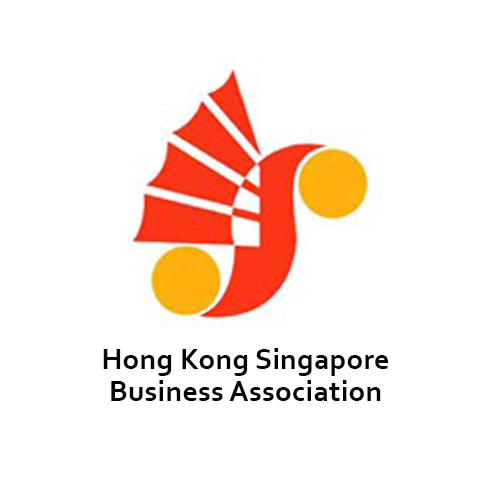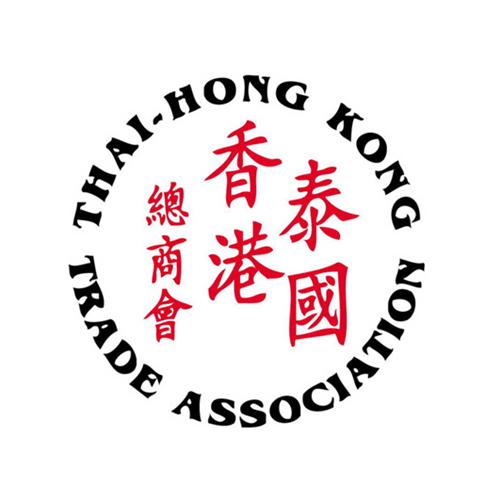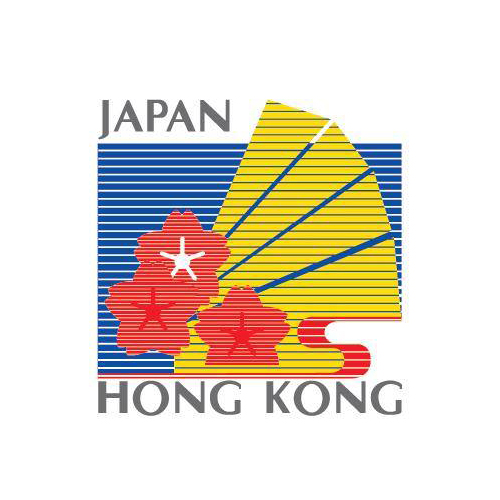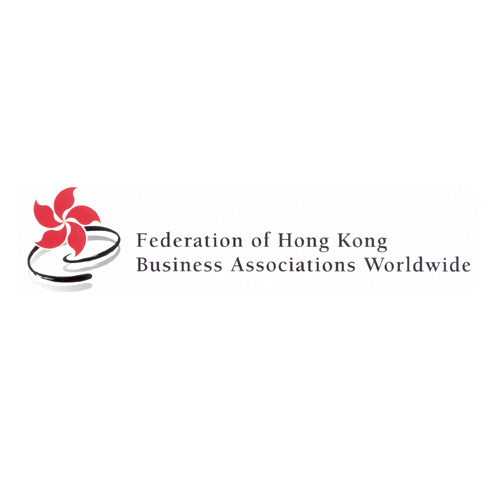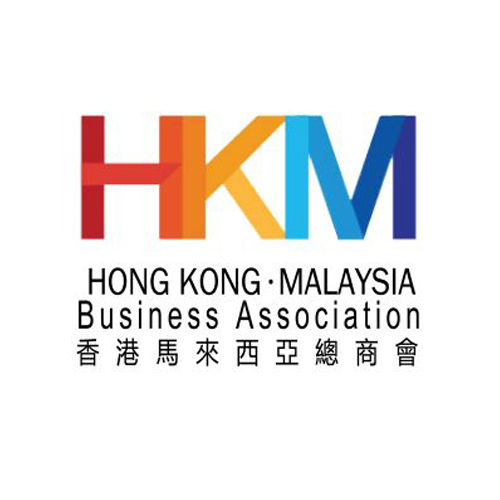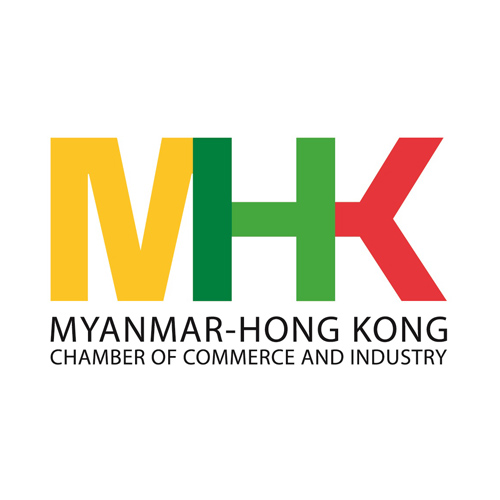Want to be in the loop?
subscribe to
our notification
Business News
VIETNAM AUTHORISES DPPA FOR ROOFTOP SOLAR AND BIOMASS PROJECTS
A recently issued government decree permits rooftop solar, waste-to-energy, and biomass projects to engage in direct power purchase agreements (DPPA) without routing through Vietnam Electricity (EVN).
The decree, announced on July 3, outlines a mechanism for direct power transactions between renewable energy producers and major electricity consumers. This initiative aims to enhance flexibility and competition in Vietnam's energy sector.
The government allows direct power sales through two methods: private power lines and the national grid. For private power lines (bypassing EVN), renewable energy producers, including solar, wind, small hydro, biomass, geothermal, ocean wave, tidal, marine current, and rooftop solar systems, can participate. These projects are not restricted by capacity, but must possess or be exempt from an electricity operation licence.
Waste-to-energy is currently excluded from this mechanism due to unclear classification as renewable energy, but it may be included in the future upon approval from relevant authorities.
For private line transactions, renewable energy producers and large consumers will sign purchase agreements with mutually agreed terms and prices. Excess electricity can be sold back to EVN under specific contracts detailing capacity, output, and pricing.
Consumers can purchase electricity directly from renewable producers, National Power Transmission Corporation, or other retail electricity entities apart from EVN.
Vietnam has over 103,000 rooftop solar projects with a total installed capacity exceeding 9,500MW.
According to the country's Power Development Plan VIII, this figure is set to increase by an additional 2,600MW by 2030, or cover 50 per cent of government and residential buildings.
Allowing rooftop solar to participate in direct power purchase agreements will address regulatory hurdles and complement policies for self-produced, self-consumed solar power currently being drafted by the Ministry of Industry and Trade (MoIT).
Additionally, the decree stipulates that wind and solar projects must have a capacity of over 10MW to engage in direct power sales via the national grid.
For national grid transactions, the decree clarifies the sale of electricity through the spot market and via the National Power Transmission Corporation. Spot market prices are determined by the total market price of electricity during each transaction cycle, combining energy and capacity market prices in the wholesale market.
In both scenarios, consumers must be entities or individuals using electricity for production at a voltage level of 22kV or higher, with an average monthly consumption of at least 200,000kWh. This threshold is lower than the previous draft's 500,000kWh requirement.
According to surveys by power corporations, 30 per cent of large customers use more than 500,000kWh, while over 7,700 customers, or 36.5 per cent of total electricity consumption, use 200,000kWh or more.
Retail electricity units in industrial, economic, and export processing zones must have a licence to operate in the retail electricity sector, with a monthly purchase volume of 200,000kWh or more, and connect at a voltage level of 22kV.
The DPPA mechanism has been advocated by foreign-invested enterprises for its potential to enhance competition in the energy sector.
The MoIT first proposed a DPPA pilot scheme nearly three years ago, with an initial pilot capacity of 1,000MW, attracting interest from major corporations like Samsung.
A year-end survey by the Ministry revealed that approximately 20 large enterprises are keen on direct power purchases, with a combined demand of nearly 1,000MW. Concurrently, 24 renewable energy projects with a capacity of 1,773MW are looking to sell electricity via DPPA, while 17 projects with a capacity of 2,836MW are considering participation.
Source: VIR
Related News
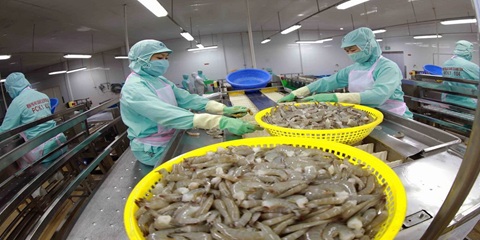
VIETNAM’S SEAFOOD EXPORTS HIT OVER US$10 BILLION IN JAN-NOV
Seafood export revenue in November alone amounted to nearly US$990 million, up 6.6% year-on-year. Key product groups posted solid gains. Shrimp exports rose 11.7% to over US$385 million, supported by strong demand for whiteleg shrimp and lobster. Tra fish shipments increased 9.7% to almost US$197 million, while marine fish, squid, and mollusk exports maintained their recovery.
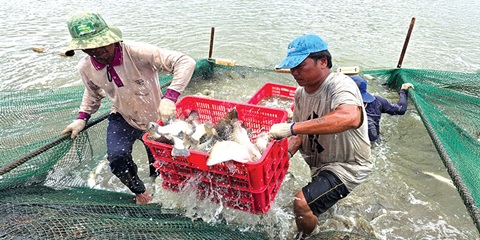
VIETNAM’S AGRO-FORESTRY-FISHERY EXPORTS HIT NEW RECORD IN JAN-NOV
Vietnam’s agro-forestry-fishery export revenue reached an estimated US$64.01 billion in the first 11 months of 2025, up 12.6% year-on-year and surpassing the full-year record of US$62.4 billion set in 2024. Agricultural exports reached US$34.24 billion, up 15% year-on-year, while livestock products brought in US$567.4 million, a 16.8% increase. Seafood exports rose 13.2% to US$10.38 billion, and forestry products earned US$16.61 billion, up 5.9%.

HANOI REPORTS RECORD-HIGH BUDGET REVENUE IN 2025
Hanoi’s budget revenue is estimated to reach VND641.7 trillion in 2025, the highest level ever recorded and nearly 25% above the revised target, according to a report by the municipal government. Data from the city’s socioeconomic performance review shows that total state budget collections in 2025 are projected to reach 124.9% of the adjusted plan and rise 24.9% from 2024, the Vietnam News Agency reported.
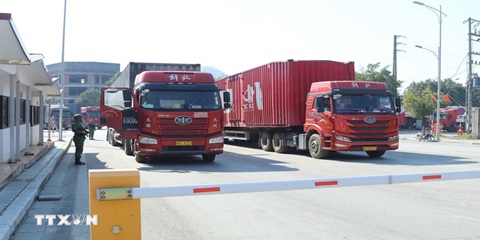
VIETNAM, CHINA TO PILOT TWO-WAY CARGO TRANSPORT AT LANG SON BORDER
Vietnam and China will launch a one-year pilot program on December 10 to allow two-way cargo transport through the Huu Nghi–Youyi Guan international border gates in Lang Son Province, reported the Vietnam News Agency. The Dong Dang-Lang Son Economic Zone Management Board said the trial aims to reduce transport costs and improve customs clearance capacity.

VIETNAM’S IMPORT-EXPORT VALUE NEARS US$840 BILLION IN JAN-NOV
The total value of Vietnam’s imports and exports was nearly US$840 billion between January and November this year, the highest level ever recorded, according to the National Statistics Office. In its latest report on the country’s socio-economic performance, the National Statistics Office highlighted a series of positive economic indicators, with trade emerging as one of the strongest drivers of growth.

OVER 19 MILLION INTERNATIONAL VISITORS COME TO VIETNAM IN JAN-NOV
Vietnam received more than 19.1 million international visitors in the first 11 months of 2025, a 20.9% increase year-on-year and the highest level ever recorded, according to the National Statistics Office. The figure surpasses the full-year record of 18 million arrivals set in 2019, before the Covid-19 pandemic. Nearly two million foreign visitors arrived in November alone, up 14.2% from October and 15.6% from the same period last year.




